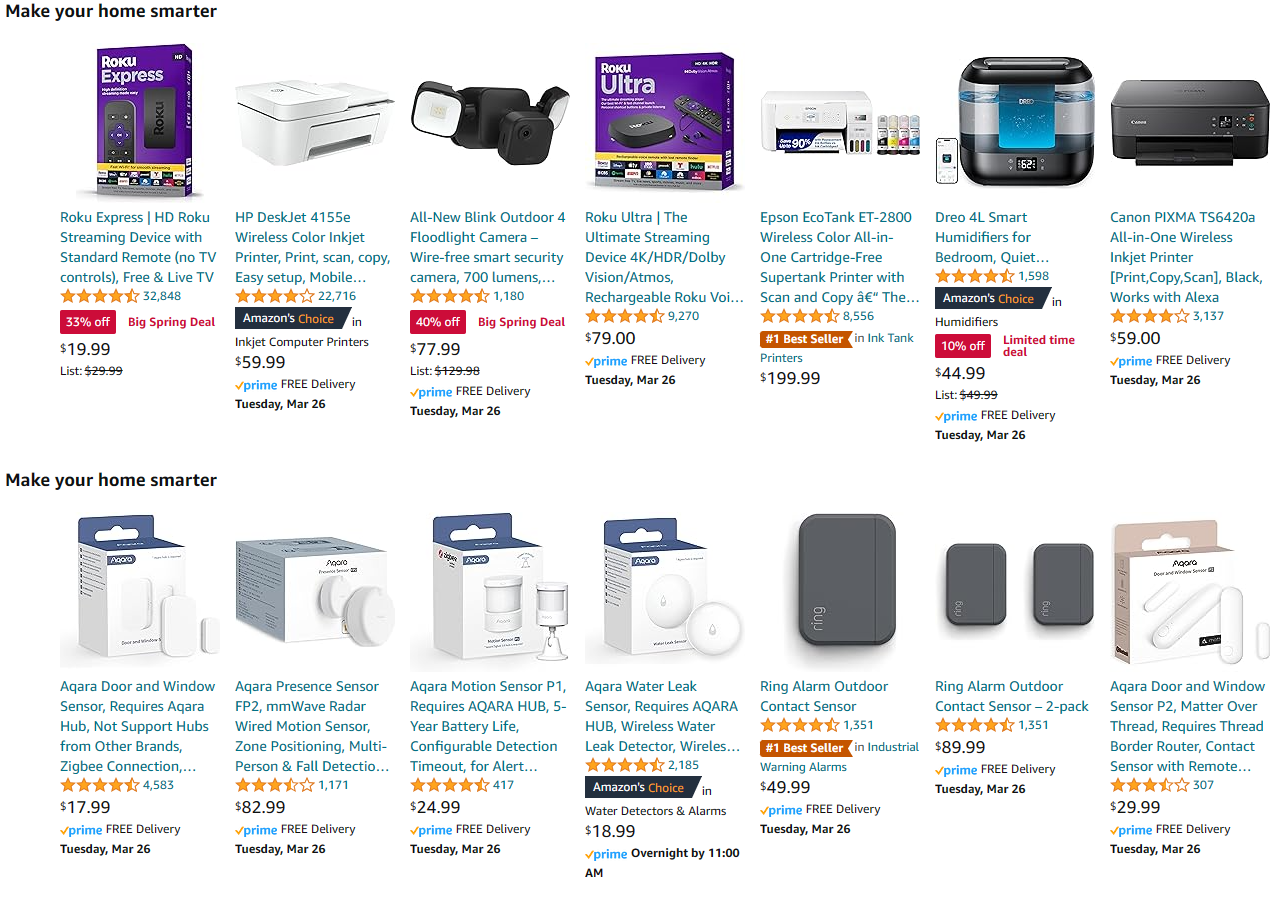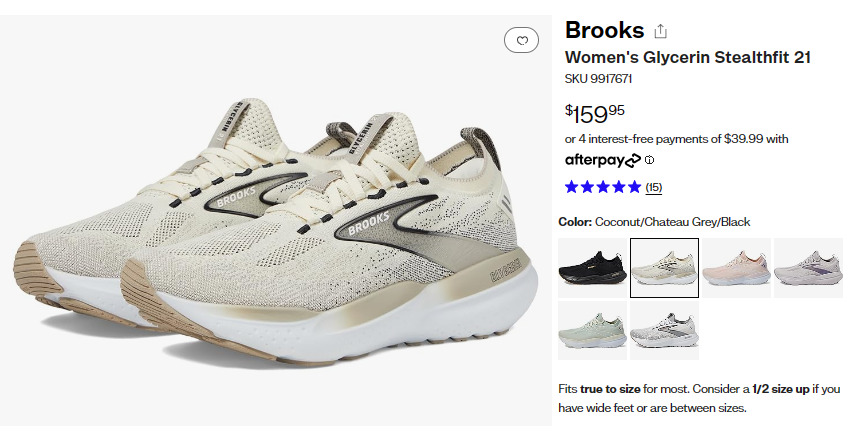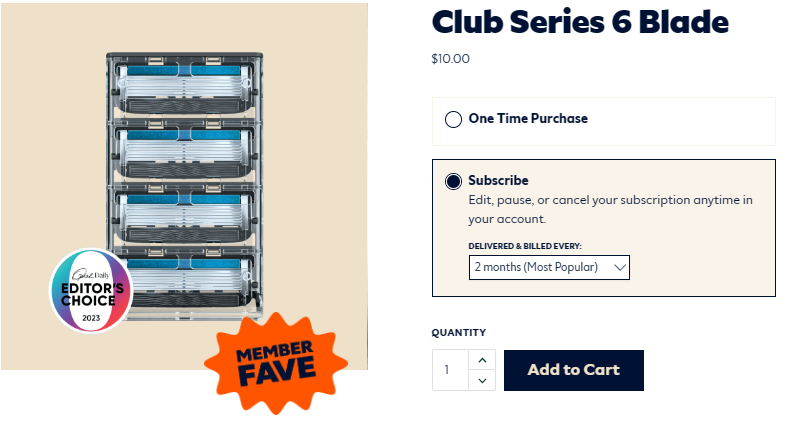
Every time you attract a new customer, it’s a win for your organization. However, keeping customers long-term is even better. Your loyal customers are likelier to purchase more frequently from you, increasing their lifetime value.
Companies focusing on customer retention rather than constantly chasing new clients can build a devoted audience that brings in consistent sales. A single happy customer might buy from you multiple times a year, whereas a new client might purchase once and then forget all about your organization.
In this article, we’ll discuss the aspects of a solid customer retention strategy, how to build one, and the three R’s of marketing — retention, refinement, and relationship.
Understanding why customer retention is crucial
Chances are you have a few brands you like to purchase from. Maybe you’re a dedicated Nike fan or drink Diet Coke regularly. Whatever your favorites are, you know you’ll buy from them when needed. You’re a loyal customer, and your purchases are a part of your favorite brand’s regular income stream.
When you try to retain customers, you’ll see steadily increasing revenues. Boosting customer retention by just 5% can enhance profits anywhere from 25 to 95%. And you’ll find it much easier to make sales to existing customers, the probability of which increases by 60 to 70%.
The four stages of customer retention
You can categorize your customer retention marketing strategies into four phases.
- Research: Your first step is to define what your customers want from you. What can you provide them that other companies don’t? What will encourage them to stay with you? Understanding what your clients want can help you meet their expectations.
- Develop your offerings based on research: Use your client’s expectations and feedback to create and refine your products and services.
- Consider a loyalty or rewards program: Offering a loyalty or rewards program may increase customer revenues and lead to a higher customer lifetime value.
- Personalize your retention strategy: Customers want to feel they matter, and there’s no better way to appeal to their emotions than personalization.
Key metrics for measuring customer retention
How do you know whether your customer retention efforts are working? By measuring them! Here are a few metrics that can help you analyze customer retention.
Customer retention rate and how to calculate it
The formula to calculate the customer retention rate (CRR) is pretty straightforward:
CRR = ((Customers at end of the period – New customers during the period) / Total customers at the start of period) x 100
So, say you start the quarter with 500 clients. By the end of the quarter, you have 750 customers and acquire 400 new ones. Your CRR is 70%, or ((750 – 400) / 500) x 100.
Customer churn rate and lifetime value
Customer churn rate and lifetime value are other metrics that help evaluate e-commerce customer retention strategies.
The churn rate is the percentage of people who stop buying from you during a period. It’s frequently used in subscription businesses, where subscribers pay a set fee over specific periods.
Lifetime value estimates how much a customer will spend with your brand over time. For example, a repeat buyer who likes your restaurant’s pizza might make it a bi-weekly household staple. Over a year, they might spend $650, or $25 every two weeks, on a pizza.
Understanding purchase frequencies and repeat customer rates
Purchase frequency refers to the average number of times a client buys from you during a specific timeframe. Repeat customer rates indicate how many clients purchase from you after their initial investment. Understanding both is essential to estimating customer retention rate, lifetime value, and churn. The higher your purchase frequency and repeat customer rates, the stronger your customer retention rate will be.
Proven customer retention strategies
Since high customer retention can dramatically impact revenues, implementing a few strategies to improve your retention rate is vital. Here are a few options to consider.
1. Offering strong customer support and omnichannel reach
Clients want to feel appreciated and valued. Providing robust customer service demonstrates your commitment to their needs. Make it easy for customers to contact you when they have an inquiry. Provide a few channels they can use to request help, such as a dedicated phone line, website chatbot, and email. If you have a physical storefront, train your employees to respond effectively to onsite customer service issues.
2. Personalizing customer interactions and outstanding service
Whenever you communicate with a client, go above and beyond to personalize your interactions and provide top-notch service. One-on-one communications, such as emails, SMS, phone calls, and onsite discussions, should be tailored to meet specific client needs and interests. For example, you can segment your marketing emails to target different customer groups or refer to a client’s past purchases in an SMS text.
3. Incentivizing loyalty and engagement through referral programs
A referral program encourages clients to recommend your brand to their colleagues, friends, family members, and others who may need your products. Customers who participate earn incentives, like free products or services, discounts, or other rewards. Implementing a referral program can boost your sales and customer retention rates since clients know their recommendations will bring value to them.
4. Building customer communities and continuous feedback loops
When you have a loyal audience, they’ll pay attention to your ads, promotions, and content. Your customers will engage with your brand by visiting your website, following your social media posts, and taking action on other marketing materials.
Once a customer buys from you, follow up with them about their experience. Ask for feedback about your products, customer service, and purchase process. If clients mention anything they don’t like, work to resolve the issue so future customers have a positive experience.
5. Innovative program structures to enhance retention
Some companies find they can improve customer retention by adopting a subscription-based business model. Under a subscription model, clients can access your products or services by paying a regular fee, typically monthly or quarterly. Subscription models can substantially increase customer retention since clients only receive products if they continuously pay for them.
If a subscription model isn’t a suitable fit for your business, consider implementing a loyalty program that rewards customers for their purchases. For instance, you might offer clients a discount on future purchases based on the loyalty points they accrue with you.
6. Creating positive experiences and brand ambassadors
Any time someone shops with your brand, give them an end-to-end experience they’ll want to share with others. If people shop with you online, ensure your website is easy to navigate, the purchase process is seamless, and you have helpful customer support tools. Onsite businesses should provide a clean and orderly storefront and pleasant customer service reps.
Customers with a satisfying shopping experience are 72% more likely to tell others about it.
7. Surpassing customer expectations and leveraging consumer behavior
Find ways to go above and beyond to meet your client’s needs. Today’s customers expect only the best from the brands they purchase from and are quick to note if your products or services don’t deliver. From your first interaction with a client to the time following their purchase, give them a unique experience that will keep them returning for more.
Integrating customer retention into business operations
Customer retention requires more than effective marketing and customer service initiatives. For optimal results, incorporate your customer retention efforts into all aspects of your business operations.
Onboarding processes and ongoing customer education
When a new client expresses an interest in your brand, encourage them to sign up for your email marketing and SMS texts. You can invite customers to follow your social media channels and direct mailing lists. Use your marketing platforms to educate clients about your products and services or provide relevant content that fits their interests.
Keeping products and services in customers’ minds
Regularly reminding clients what your brand offers ensures they don’t forget about you. Maintain consistent marketing strategies that cement your company’s name among your following. Send out retention emails and SMS texts steadily (but not overwhelmingly!) and keep your social media channels active.
Utilizing analytics and data for retention improvements
As you implement customer retention strategies, establish key performance indicators (KPIs). Metrics such as customer retention rate, churn, lifetime value, and repeat purchase rate evaluate client satisfaction and retention. Set benchmarks for your target retention objectives and work to meet them. If you fall short of your goals, look for ways to improve your retention strategies.
Retention strategies that work: case studies
There are several brands known for their highly effective B2B SaaS customer retention strategies. Take a look at these customer retention strategies examples.
Amazon
Amazon is known for its easy-to-navigate website that offers millions of products, including household items, books, clothing, and electronics. Customers who create an Amazon account receive personalized shopping recommendations based on their prior purchase history. The brand also offers regular sales for subscribing members, such as Prime Day. Clients can purchase items using their one-click checkout without reentering their billing or delivery details. Some products are available with same-day or next-day delivery services.

Zappos
Zappos uses several strategies to improve customer retention. First, the company knows ordering shoes online without trying them on can be tricky. It therefore provides a size assessment for every shoe it sells, which tells clients whether shoes are true to size or not. Zappos also offers free shipping and returns on all purchases.

Dollar Shave Club
Dollar Shave Club is famous for its inexpensive razors and blades with custom-fit options. The brand offers one-time purchase or subscription options, including regular razor delivery according to the client’s preferences. Dollar Shave Club’s convenience and subscription offerings result in high customer retention rates.

Tips for customer retention program success
Incorporate these tips into your marketing strategy to maximize your customer retention efforts.
1. Keep the customers’ perspective at the forefront
Client interests and needs form the backbone of the best customer retention strategies. Consider the motivating factors that encourage a client to purchase from you and what they most want from your business. For instance, if you sell clothing online, your customers might be more willing to buy if they know they can exchange or return items that don’t fit properly. Offering a free return and exchange policy might make attracting and retaining clients easier.
2. Provide value and relevance to earn customer trust
Customers won’t stick with you long-term if your brand’s products and services lack value. Focus on providing quality products and services that customers benefit from. To keep them coming back, ask for feedback about their experience and use their comments to refine your offerings. Doing so can help build trust with new and established clients.
3. Maintain personalization in digital interactions
Any time you interact with your customers via email or SMS, try to incorporate some personalization so they feel you’re genuinely trying to connect with them. Some elements you might include are their name or location. If they’ve previously purchased from you, include recommendations for products or services they might like or a reminder to schedule their next appointment.
Advanced retention strategies through software and tech
Leveraging technology can seriously boost your retention efforts. Some tech options that can help include:
- Data analysis tools: Software that analyzes your customer’s browsing and shopping habits can help you learn more about what they’re shopping for and what attracts them. You can also use it to segment your customers into categories according to their demographics and interests.
- Customer support automation: Implementing chatbots and AI conversation platforms ensures clients have a resource to turn to when they have questions, even if you’re not available.
- Customer relationship management (CRM) system: A CRM system stores all client interactions in one place. It can identify where your customers are in the buyer’s journey and analyze your customer retention efforts.
Constant Contact offers robust solutions to aid customer retention strategies, including email and SMS marketing tools, in addition to a CRM option for managing client interactions.
The future of customer retention
Developing a comprehensive customer retention strategy early on is vital to building a solid revenue base. Understand what motivates your customers to purchase from you and align your plan to meet their needs. As you implement your strategies, set KPIs to measure your performance. To learn more about customer retention, check out our guide to 5 Effective Ways to Reward Loyal Customers.





